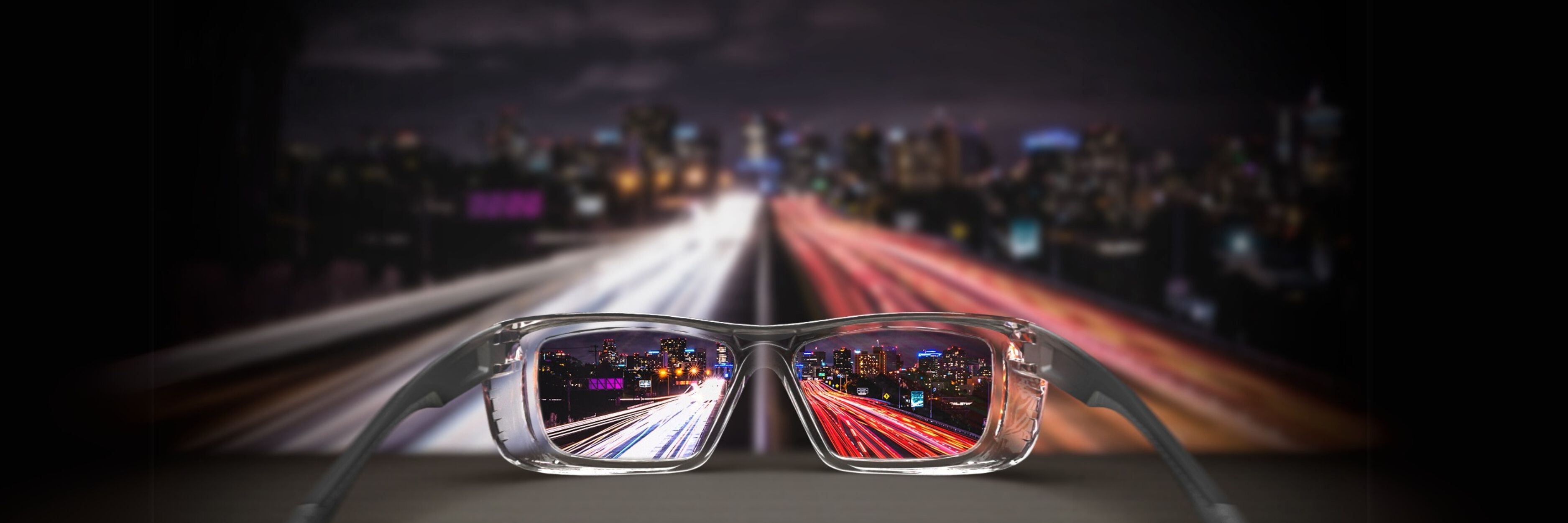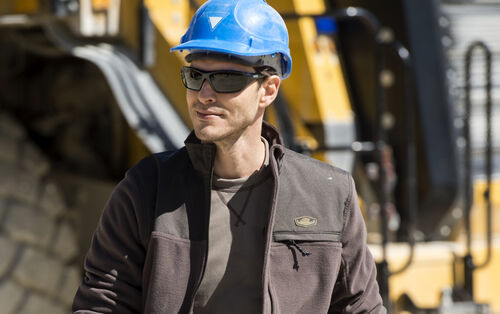Summer Sun and Safety
The depletion of the ozone layer and a reduction in cloud cover are only a small number of factors contributing to a high UV rating. The ozone layer acts as the Earth’s natural shield from UV rays. As a result, we need to be much more vigilant protecting our eyes.
The dark side of blue light
When considering eye safety, we usually think of safety glasses or goggles that protect eyes against flying debris, dust or splashes. However, light is also something to consider in relation to eye safety. The bright light of welding is brought to a safe level by heavily tinted welding goggles. Ultraviolet light from sunlight is rendered less harmful to the eyes via the use of UV blocking sunglasses. There is also blue light.
What are Polarised Safety Glasses?
Polarised eyewear has widespread use in Australia today, but where did polarised lenses originate, how do they work and how are they made? This article looks at the history and science behind polarised lenses.
Which Pair of Polarised Safety Glasses is Best for You?
Working outside means exposure to varied light conditions. In Australia, a lot of the time there’s at least a bit of glare about. Often, it’s full out, scorching sun. Polarised safety glasses were developed with glare in mind, as they are designed to block reflected light from horizontal surfaces like concrete, water, glass windscreens.
Your PPE goes Pink
Bollé Safety is proudly Partnering with Breast Cancer Network Australia during the month of October for Breast Cancer Awareness Month.












